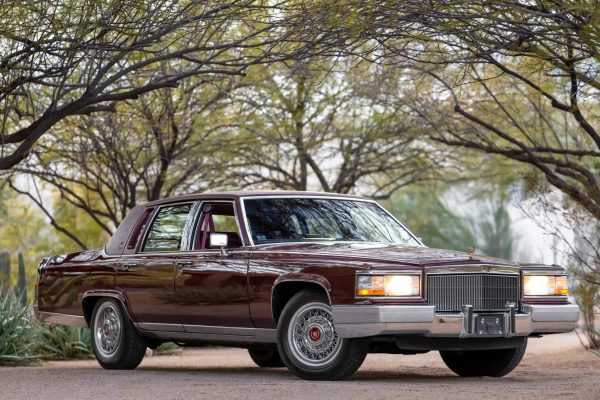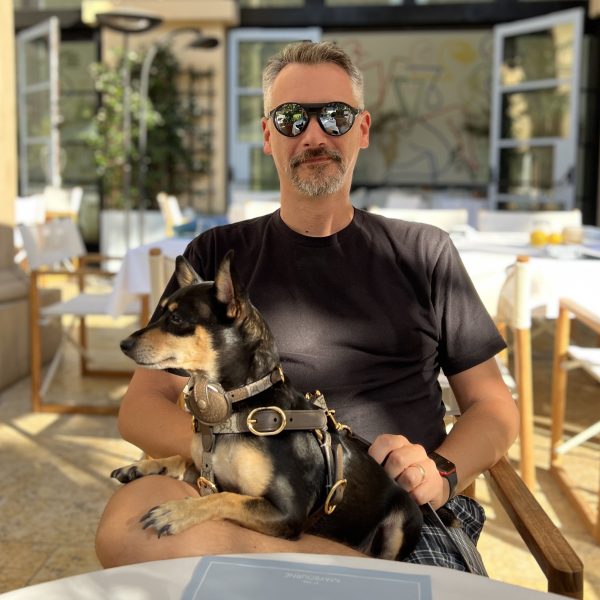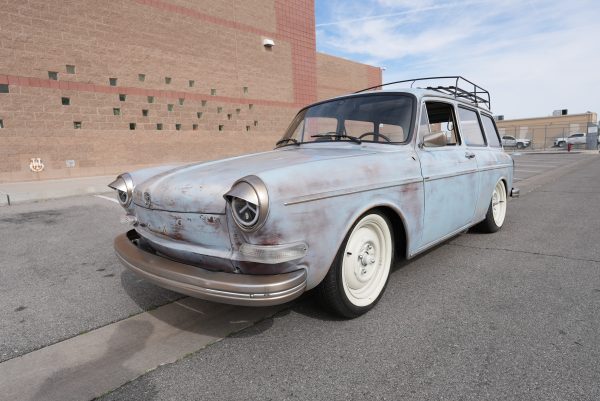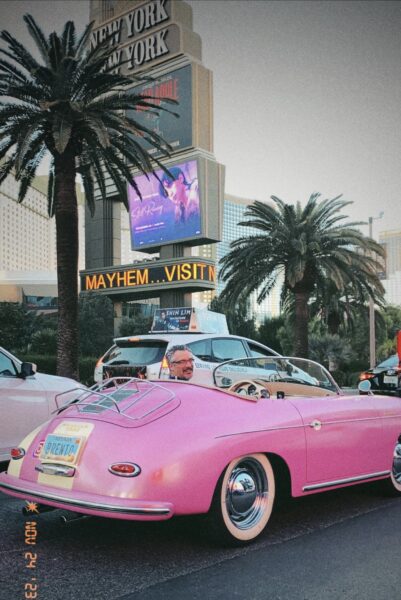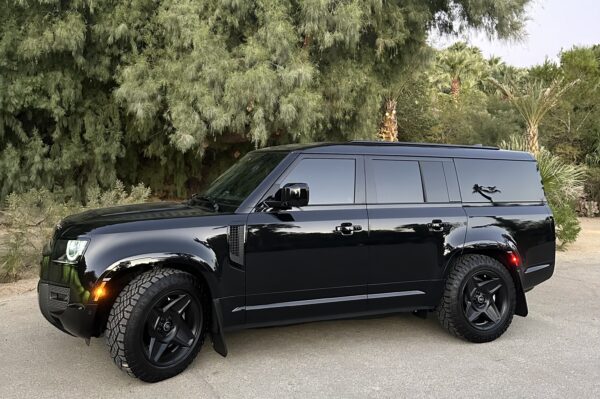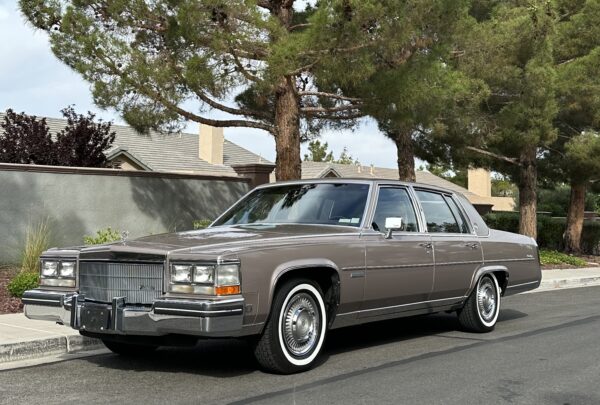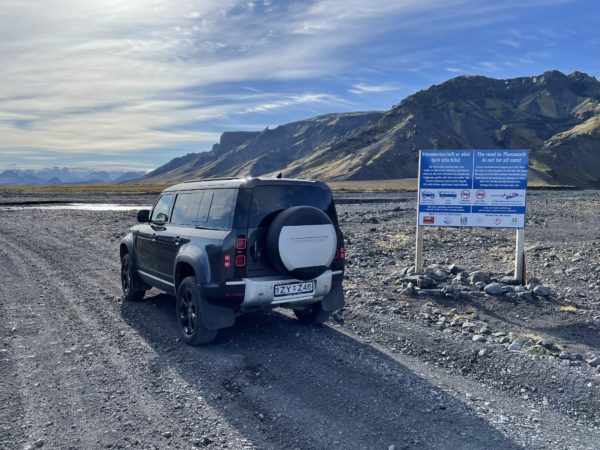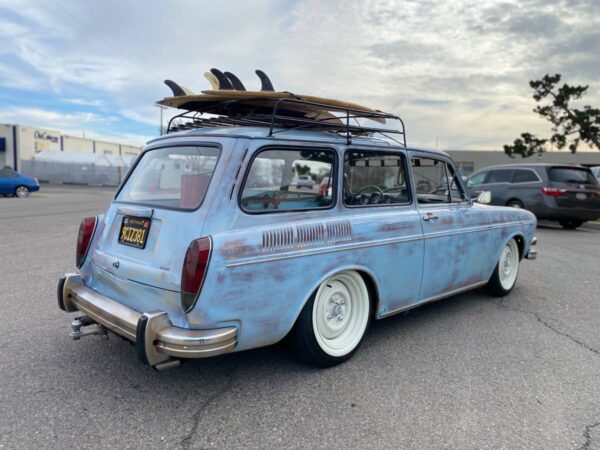Bought a 1992 Cadillac Brougham.
Last year, I bought a 1983 Caddy, and I loved it. Unfortunately, that model year had one of the worst engines ever made, the infamous HT4100. Many of them are…
How the Company-Startup Thing Worked Out For Me, Year 12
Every year, I post a retrospective about what it’s been like to start up a company. If you want to catch up, check out past posts in the Brent Ozar…
Sold the Ferrari 328 and VW Type 3.
I bought the 1971 VW Type 3 Squareback off Facebook Marketplace. I wanted a Porsche-ish car that I could take to cars & coffee events during the winter, while the…
My Porsche 356 Lives Again
Almost a year ago, I bought a 1964 Porsche 356 SC that had been hidden away in a garage for a couple of decades. The mechanical work is finally done,…
Wow, People Didn’t Buy Live Mastering Classes.
My annual Black Friday sale over at BrentOzar.com just finished. Every year, I try different experiments with it – changing bundles, adding lifetime memberships, adding buy-now-pay-later, etc. One of this…
Bought a Defender 130 Outbound.
I loved my 83 Cadillac, but I quickly ran into problems with it. I wanted to have a comfy car for 3-4 hour road trips to nearby places like LA…
Bought a 1983 Cadillac Fleetwood Brougham.
I love huge American land yachts, and I think this car is a wonderful time capsule from the 1980s: That’s the epitome of 1980s American luxury: metallic light brown, long…
How the Company-Startup Thing Worked Out For Me, Year 11: Massive Changes
Every year, I post a retrospective about what it’s been like to start up a company. If you want to catch up, check out past posts in the Brent Ozar…
Bought a 1964 Porsche 356 Coupe
I’m madly in love with Sabine, my Porsche 356 Speedster replica built from a VW Beetle. I love the simplicity of the air-cooled engine experience, the looks, the ride, everything.…
Bought a Modified VW Squareback
This adorable little 1971 Volkswagen Type 3 has such an excellent story. About 20 years ago, it was abandoned at a hotel in Vegas. A towing company carted it away…
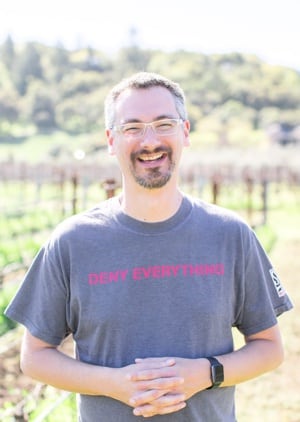
Hi, I’m Brent Ozar. I live in Las Vegas, Nevada. I’m on an epic life quest to have fun and make a difference.
Some of my projects include Brent Ozar Unlimited, PollGab, and Smart Postgres.
I love teaching, travel, laughing, and collecting vintage sports cars. You can follow me on Instagram, Threads, TikTok, Bsky, Facebook, LinkedIn, Github, whatever.
